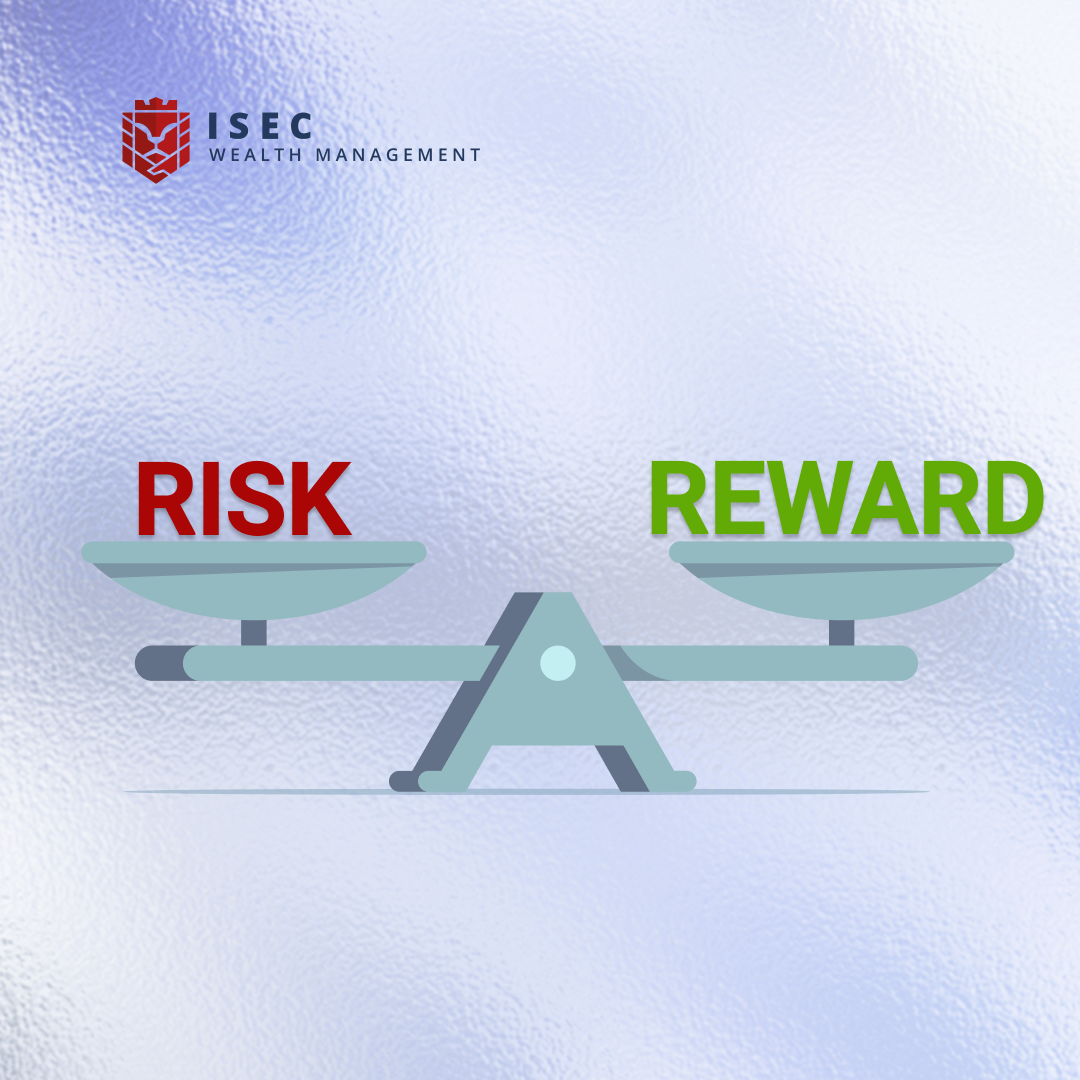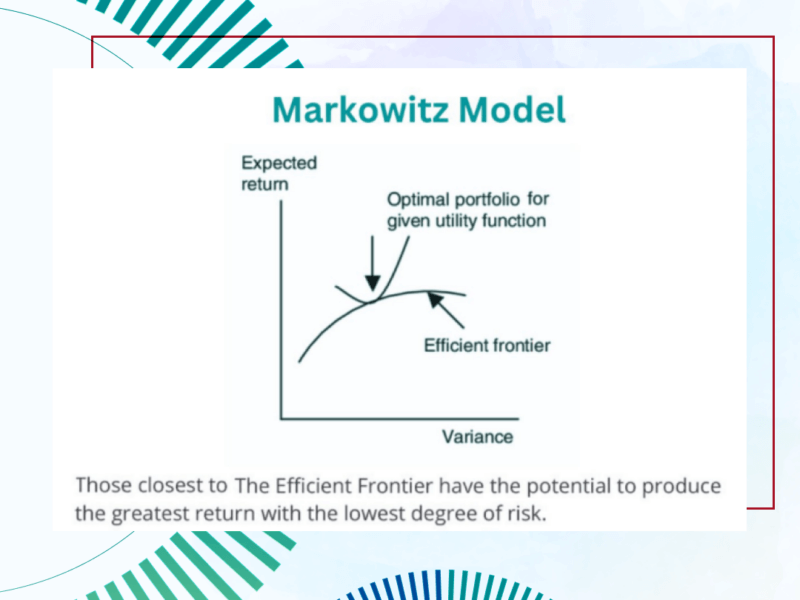Investing is a balancing act between risk and reward, a fundamental concept every investor must grasp, whether novice or experienced. Understanding this balance is vital to achieving long-term financial goals while managing potential losses.
The first step in this balancing act is risk assessment. Different investment vehicles, from stocks and bonds to mutual funds and real estate, come with varying levels of risk and potential return. High-risk investments, like stocks, often offer higher returns but can be more volatile. Conversely, lower-risk options like government bonds provide stability, though with potentially lower returns.
Diversification is the cornerstone of balancing risk and reward. By spreading investments across different asset classes and sectors, investors can reduce the impact of volatility in any one area. This strategy doesn’t guarantee profits or shield completely from losses, but it can help smooth out the highs and lows over time.
Another aspect to consider is the investment horizon. Long-term investors can typically afford to take on more risk as they have time to recover from market downturns. Short-term investors may prioritize preserving capital, opting for safer, more liquid assets.
Additionally, personal financial goals and risk tolerance play a significant role. Investors should align their portfolios with their objectives, whether saving for retirement, buying a home, or building an emergency fund.
In conclusion, balancing risk and reward requires a thoughtful approach to investment choices, aligning them with personal goals, timelines, and risk appetite. It’s a dynamic process, calling for regular portfolio reviews and adjustments in response to changing market conditions and personal circumstances.
Risk Warning: The information in this article is presented for general information and shall be treated as a marketing communication only. This analysis is not a recommendation to sell or buy any instrument. Investing in financial instruments involves a high degree of risk and may not be suitable for all investors. Trading in financial instruments can result in both an increase and a decrease in capital. Please refer to our Risk Disclosure available on our web site for further information.



You could call it a philosophical theme.
Many people want to make more profit. But not everyone realizes that when profit increases, risks may increase too.
ISEC Wealth Management investment tips and helpful articles really help to better understand how professionals who manage portfolios work.
I think that having an idea of how portfolio is balanced many clients of ISEC Wealth Management will understand how it works and will be sure that their investments are in safe hands.
risk n reward are the two sides of the same medallion. but you just got to be careful for high risks
This Isec wm article has reminded me of the importance of risk tolerance, THANKS!!